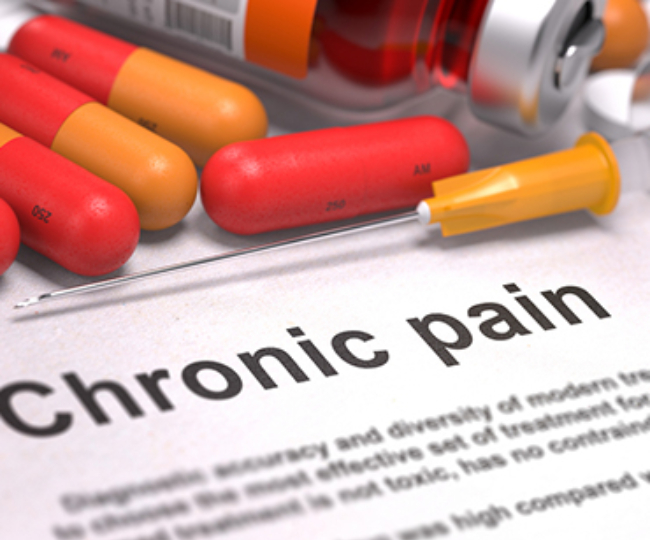Chronic Pain
Chronic Pain

Pain is the body’s mechanism of self-preservation. It acts as a warning to indicate that harm or damage is happening, or is about to happen, to tissues in our bodies. Pain may be defined as an unpleasant sensory and emotional experience associated with actual or potential tissue damage. The emotional component of pain is called suffering. Pain is familiar to everyone, and yet it is so complex and subjective that it cannot be easily described or treated.
Chronic pain is longstanding pain that persists beyond the usual recovery period or occurs along with a chronic health condition. Because this pain is not protective and is not a result of an ongoing injury, it is referred to as “pathological” and is therefore treated as a condition, not as a symptom.
Chronic pain may affect people to the point that they cannot work, eat properly, participate in physical activity, or enjoy life.
Neurosurgeons treat chronic pain with state-of-the-art medical technology. The most commonly treated conditions that cause pain are atypical facial pain, failed spinal surgery, phantom limb pain, stroke, and headache.
One form of facial pain called trigeminal neuralgia can be very debilitating and painful. Some patients have described it as being stabbed in the face with an electrical bolt. The pain can last for seconds, disappear, and then return without any warning. If medications have proven ineffective in treating trigeminal neuralgia, there are several surgical procedures which may help control the pain.
Microvascular decompression involves microsurgical exposure of the trigeminal nerve root, identification of a blood vessel that might be compressing the nerve, and gentle displacement of it away from the point of compression. “Decompression” may reduce sensitivity and allow the trigeminal nerve to recover and return to a more normal, pain-free condition.
Radiofrequency rhizotomy involves treating trigeminal neuralgia through the use of electrocoagulation (heat). It is also used to treat pain in any area of the spine – cervical, thoracic, or lumbar.
Glycerol rhizotomy utilizes glycerol injected through a needle into the area where the nerve divides into three main branches. The goal is to selectively damage the nerve in order to interfere with the transmission of the pain signals to the brain.
Stereotactic radiation is a method in which computer-guided radiation is aimed precisely at an appropriate target. Over a period of time and as a result of radiation exposure, the slow formation of a lesion in the nerve interrupts transmission of pain signals to the brain.
Deep brain stimulation (DBS) is a surgical technique which involves the placement of a fine electrode (wire) into specific parts of the brain. Most commonly, DBS is used to treat Parkinson’s disease, but it can also be utilized for the relief of pain. DBS works by delivering a continuous electrical pulse to regions of the brain involved in the processing of pain signals. The advantages of this technique are that it is reversible, nondestructive, and can be modified by adjustment of the stimulator settings after implantation. DBS helps up to 80 percent of patients in whom it is used. Recent studies have indicated that DBS is most effective in the treatment of intractable back pain. The rate of reduction in pain varies from patient to patient, but on average, pain is cut in half.
Spinal cord stimulation is a pain relief technique that delivers a low-voltage electrical current continuously to the spinal cord to block the sensation of pain. It works by stopping painful impulses from reaching the brain. It may be effective in treating refractory pain from prior back surgeries, chronic sciatica, nerve damage, and peripheral vascular disease. Researchers have reported that about 60 percent of people receiving spinal cord stimulation have pain reduction or relief when surveyed one to two years after having the procedure.
As with any surgical procedure, there are risks involved. A patients’ age, medical condition, and symptoms must be taken into consideration before any of the above-mentioned procedures can be considered.
